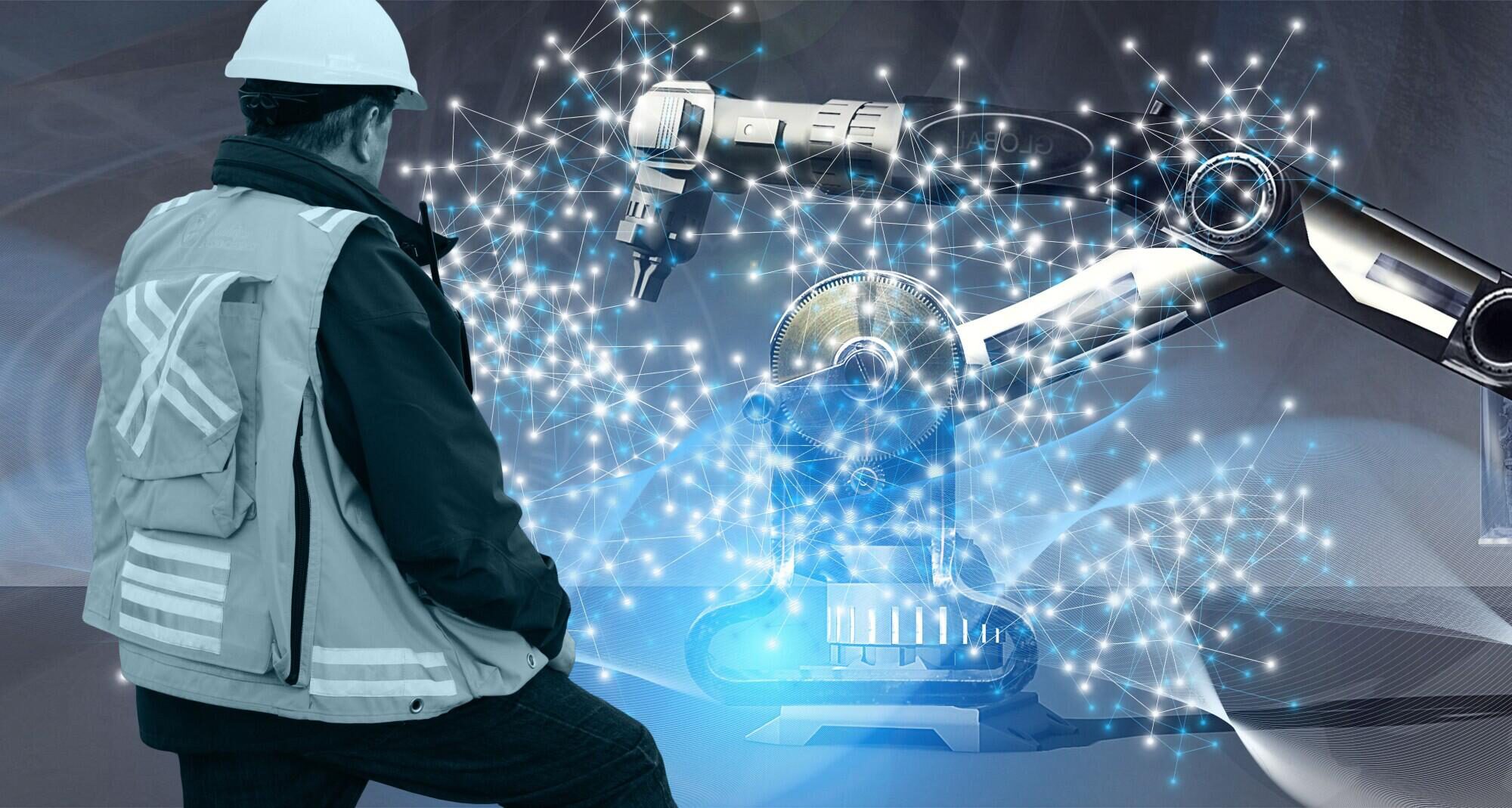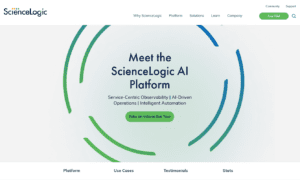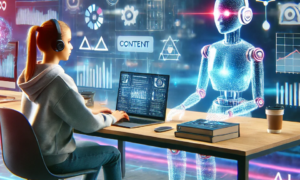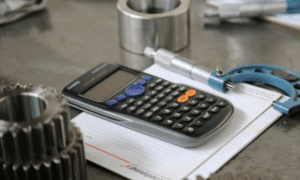Can you imagine a world where robots handle everyday tasks across all industries?
That future is closer than you think. Robotics is rapidly changing how we work, build, and solve problems. From factories to hospitals, robots are making a big impact.
Keep reading to learn how robotics is shaping the future of every industry.
Smarter Factory Automation
Machines in factories are getting faster and smarter. Robots can now handle tasks like packing, sorting, and quality checks with great accuracy. This helps companies save time and reduce mistakes.
Workers can focus on more important jobs while robots do the repetitive tasks. It also improves safety in the workplace.
With smart systems, factories can adjust to demand changes quickly. Robots can work all day without breaks, boosting production.
Data from machines also helps managers make better decisions. This kind of automation is changing how products are made. It’s a major step toward a more efficient future.
Rise of Collaborative Robots
Collaborative robots, or cobots, are designed to work safely alongside people. They are smaller, easier to program, and more flexible than traditional robots.
Cobots can handle tasks like lifting, placing, and assembling. This allows human workers to focus on creative or complex jobs. Cobots help improve teamwork between people and machines.
These robots are becoming more common in small and medium-sized businesses. They don’t need large spaces or special setups to operate.
Cobots are also affordable and easy to move around. Their use is growing fast across industries like manufacturing, packaging, and healthcare. This trend is changing the way people and robots work together.
AI-Powered Robotics
Robots with artificial intelligence can learn and make decisions on their own. They can recognize patterns, adjust to changes, and solve problems. This makes them more useful in fast-paced or complex environments.
AI also helps robots work better with humans by understanding speech, images, and behavior. These smart robots are changing how many industries operate.
In factories, they can predict machine failures before they happen. In healthcare, they assist doctors with accurate data and support.
Retail and logistics also use AI robots for smarter service and faster delivery. Their ability to improve over time makes them valuable in many fields. This technology is leading the next big step in robotics.
Robotics in Healthcare
Robots are helping doctors perform surgeries with more precision. They assist in tasks like moving patients, delivering medicine, and cleaning rooms. These machines reduce human error and make hospital work more efficient.
Some robots can even monitor patient health and send alerts to nurses. This leads to better care and faster response times.
Robotics also supports elderly care by helping with daily activities. In labs, robots handle tests and samples quickly and safely. They reduce the risk of infections and improve accuracy.
As the technology improves, more hospitals are using robots every day. This shift is making healthcare smarter and more reliable.
Robots in Agriculture
Farming is becoming more efficient with the help of robots. Machines now plant seeds, water crops, and harvest produce with little human help.
These robots work faster and more accurately than people. They also use sensors to check soil health and crop growth. This helps farmers make better decisions and save resources.
Robots are useful in large farms where manual labor is hard to find. They can work day and night without getting tired.
Drones are also used to watch over big fields from above. This new technology is making farming smarter and more productive. It’s changing how food is grown and harvested.
Delivery and Logistics Bots
Small delivery robots are now bringing packages straight to doorsteps. They can travel on sidewalks, avoid obstacles, and even cross streets safely. These bots help reduce delivery time and human effort.
Some use GPS and sensors to find the best routes. They are already being used in cities and college campuses.
In warehouses, robots move items, sort packages, and load trucks. This speeds up the shipping process and cuts down on errors.
Companies save money while customers get faster service. These machines work around the clock without breaks. It’s a big step forward for the future of delivery and logistics.
Robotics in Construction
Robots are now helping build homes, offices, and roads. They can lay bricks, pour concrete, and carry heavy materials. This reduces the need for manual labor and speeds up construction projects.
Machines also improve safety by handling dangerous tasks. With fewer risks, job sites become safer for workers.
New technology allows robots to follow plans and make quick adjustments. Some can even scan the area to spot problems early. This helps save time and money.
Builders can rely on machines to work in hard-to-reach places. These changes are making construction faster, safer, and more advanced.
Service Industry Automation
Restaurants, hotels, and stores are now using machines to serve customers. Robots can take orders, clean floors, and even prepare simple meals. This helps businesses run more smoothly and saves on labor costs.
Customers also enjoy faster service and fewer mistakes. These changes are improving both speed and quality.
Some places use advanced robots that look and act like people. These humanoid robotics systems greet guests, answer questions, and provide directions.
They can work long hours without breaks or fatigue. This makes them perfect for busy environments. The service industry is quickly changing with the help of smart machines.
Drones in Industrial Use
Drones are now being used to inspect buildings, bridges, and power lines. They can reach high or dangerous places without risking human lives.
These flying machines capture images, record videos, and collect data quickly. This helps companies find problems early and plan repairs faster. Using drones also saves time and lowers costs.
In farming, drones check crops and spray fields with precision. In mining, they map out land and track progress.
They are also used in oil and gas fields to monitor pipelines. Their ability to fly and gather data makes them very useful. Drones are becoming essential tools in many industries.
Learn All About Robotics in Transforming Industries
Robotics is no longer just a tool-it’s a game changer across every industry. From speeding up production to improving safety, its impact is clear.
As technology grows, robots will only become smarter and more useful. Now is the time to embrace the change. The future of work is here, and it’s powered by robotics.
Did you enjoy reading this article? If so, then be sure to check out the rest of our blog for more!
Read More From Techbullion

































